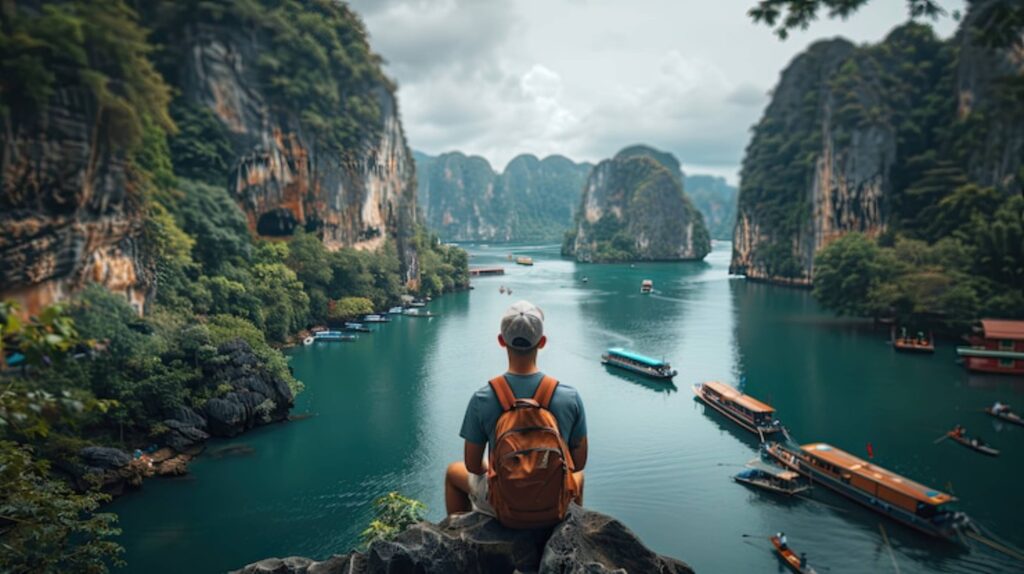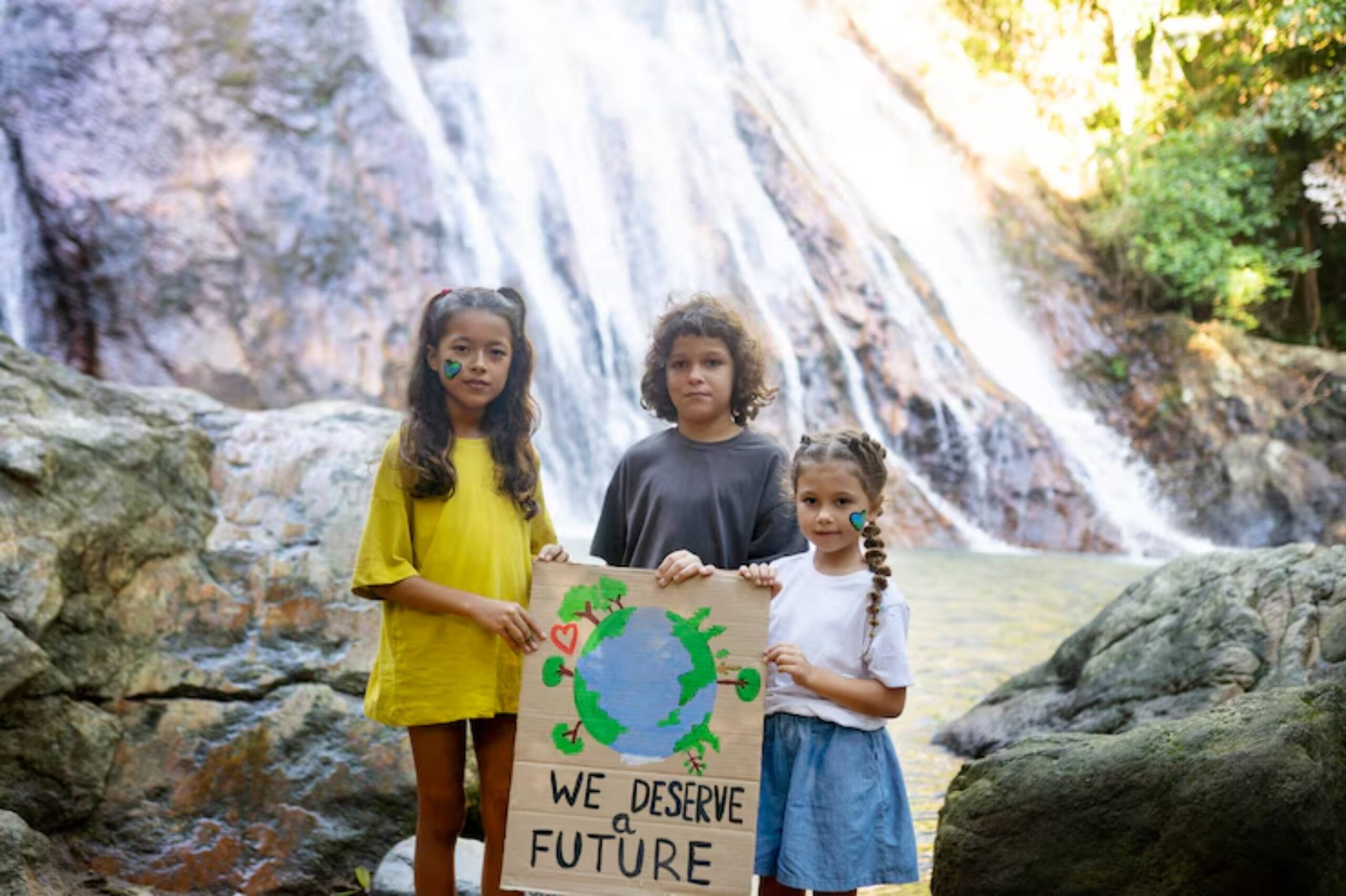The Travel Blog

How to Travel Responsibly in Fragile Ecosystems Across Asia
Your Footprints Matter More Than You Think
Asia’s breathtaking landscapes—from coral-rich coastlines to alpine valleys—are as fragile as they are beautiful. Whether you’re trekking through Bhutan’s sacred forests or snorkelling in the Philippines’ coral reefs, every traveller leaves a mark.
And with overtourism, plastic pollution, and biodiversity loss rising in the region, there’s no time like now to travel responsibly in Asia’s delicate ecosystems.
This expert-backed guide empowers you to become a more conscious explorer. You’ll discover what responsible tourism in Asia truly means, how to protect nature while travelling, and how to leave a positive impact on the communities and environments you visit.
Understanding the Core: Why Fragile Ecosystems in Asia Need Protection

Asia is home to several of the world’s most ecologically diverse and vulnerable environments:
- Mangrove forests in Sundarbans (India/Bangladesh)
- Rainforests in Borneo
- Coral reefs in Raja Ampat (Indonesia)
- Glacial zones in Ladakh (India)
- Wetlands in Cambodia and Laos
According to the UN Environment Programme, many of these ecosystems face critical threats from climate change, illegal development, and unsustainable tourism practices.
Responsible tourism in these areas means:
- Minimising environmental impact
- Supporting conservation efforts
- Respecting local customs and wildlife laws
- Educating yourself and others about the fragility of the environment
Quick Guide: How to Practise Eco-Friendly Travel in Asia
| Step | Action | Impact |
| 1 | Research ecosystem-specific threats | Informs responsible decisions |
| 2 | Choose eco-certified operators | Reduces environmental footprint |
| 3 | Avoid high-impact travel seasons | Protects wildlife and habitats |
| 4 | Respect wildlife and natural boundaries | Prevents ecological disruption |
| 5 | Reduce plastic and carbon use | Promotes sustainability |
Step-by-Step Guide: Responsible Travel in Asia’s Fragile Environments
1. Start with Pre-Trip Research
Before you book, ask:
- Is this a protected area (national park, marine sanctuary)?
- What are the local conservation concerns?
- Are there community-based tourism options?
Secret Tip : Check resources like WWF Travel Guides, Green Fins Asia, and local tourism board sites.
2. Book with Eco-Conscious and Certified Operators
Look for certifications such as:
- Travelife Certified
- Green Globe
- Asian Ecotourism Network (AEN) endorsed providers
Avoid any tours that:
- Feed wild animals
- Promote selfies with endangered species
- Advertise off-trail “hidden spots” in sensitive zones
Pro Tip : Ask operators how they handle waste, support the community, and protect wildlife.
3. Avoid Peak Times and Sensitive Seasons

In places like the Philippines’ whale shark viewing sites, high seasons lead to overcrowding, stress on animals, and reef degradation.
Instead:
- Travel during shoulder seasons
- Time visits outside of mating/nesting periods
- Choose sunrise or off-peak tours
This also gives you better experiences with fewer crowds.
4. Leave No Trace—Literally
- Pack reusable items: bottles, bags, utensils
- Take all waste with you, even biodegradable items
- Use reef-safe sunscreen when swimming
- Stay on marked trails
Example : When hiking in Nepal’s Annapurna region, even banana peels can disrupt the alpine soil system.
5. Respect Wildlife and Natural Habitats
- Maintain a distance from animals
- Never touch coral or feed wildlife
- Avoid drone usage in protected zones without a permit
- Don’t collect souvenirs like shells or plants
Important : “Eco-tourism” is not always eco by default—watch for greenwashing.
6. Stay in Sustainable Accommodation
Options include:
- Homestays using renewable energy
- Eco-lodges with composting toilets
- Low-impact jungle camps run by locals
Look for:
- Water-saving features
- Waste segregation systems
- Local sourcing of food and materials
7. Support Local Conservation Projects
- Volunteer responsibly (e.g. sea turtle protection, forest monitoring)
- Donate to local NGOs
- Buy handicrafts or produce directly from villagers
Case Study : In northern Thailand, tourists who join elephant conservation treks (not rides) help fund vet services and food.
Important Things to Remember
Avoid Single-Use Plastics
Bring collapsible containers, dry shampoo bars, and biodegradable wipes.
Offset Your Carbon
Use services like MyClimate or Cool Effect to balance your flight and bus emissions.
Speak Up Kindly
If you see other travellers harming the environment, approach with care: “Hey, just so you know, that area’s actually off-limits to protect bird nests.”
Best Practices & Additional Insights
- Educate others : Share sustainable tips with travel companions.
- Use slow travel modes : Biking, trekking, or rail, where possible.
- Observe, don’t interfere : Sometimes the best way to honour nature is to just watch and learn.
Make sure to read: How to Discover Asia’s Hidden Gems Using Local Transport.
FAQs for Responsible Travel in Asian Ecosystems
Is eco-tourism safe and accessible in remote parts of Asia?
Yes, when organised through responsible operators. It often offers better safety standards and more rewarding experiences than generic mass tours.
What’s the best way to tell if an activity is ethical?
Avoid anything involving captive wild animals, habitat disturbance, or off-limit areas. Look for transparency on environmental impact.
How can I reduce my travel carbon footprint in Asia?
Fly less, use public transport, walk or bike where safe, and offset emissions for flights when possible.
What should I do if there are no bins in natural areas?
Always carry a small waste pouch or dry bag. Take all rubbish back with you and dispose of it properly in town.
Can I drink tap water in remote regions?
In most rural parts of Asia, it’s safer to use a filtered bottle or purification tablets. Avoid contributing to plastic waste by buying bottled water.
Is it OK to use insect repellent in eco-sensitive areas?
Yes, but choose natural or DEET-free repellents where possible, especially if you’ll be swimming or in rainforest ecosystems.
How do I know if a homestay or lodge is truly sustainable?
Look for transparency—hosts who openly share how they manage waste, energy, and local partnerships are usually more trustworthy than those who just claim to be “eco”.
Conclusion: Travelling Lightly, Caring Deeply
Travelling through Asia’s fragile ecosystems isn’t just about ticking off sights—it’s about choosing to protect what makes these places so special. With small, mindful decisions, you can be part of the solution.
So before you pack your bags, ask yourself: How lightly can I walk? How deeply can I care? Start your responsible travel journey today—and let nature thank you tomorrow.
Check out: How to Find Authentic Homestays in Remote Asian Villages for your next adventure.









